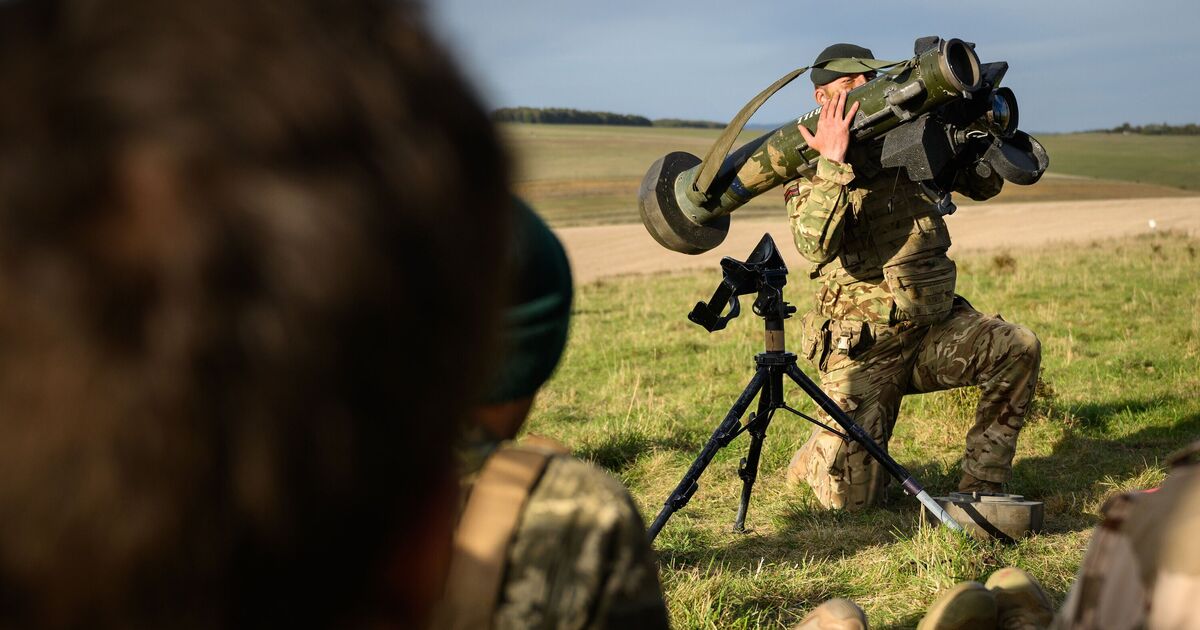The Ministry of Defence (MOD) has admitted that British weapons systems could be causing brain damage amongst soldiers and veterans. The startling admission, the first of its kind, acknowledges that some current and former service personnel could have been impacted by harmful blast waves from the British military’s own weaponry.
Following an investigation by ITV News, the MOD confirmed that some of the weapon systems they use can cause mild Traumatic Brain Injury (mTBI). The MOD’s lead, Lt Col James Mitchell, a neurologist in the Royal Army Medical Service believes that whilst definitive figures are unknown, “thousands” of troops could have been exposed to harmful blasts during their service. He said: “If we go back twenty years to the early Iraq and Afghanistan campaigns the perception was that we were seeing concussion and mild Traumatic Brain Injury predominantly from impact and exposure to substantial blast.
“Over especially the last five to ten years we are starting to appreciate the role of what we call ‘low level blast’, this is predominantly exposure of our service personnel to blast overpressure from our own weapon systems.”
Those most at risk are those that have prolonged exposure to weapons such as mortars, high calibre rifles, explosives and shoulder launched anti-tank weapons.
Explosions create a wave of ‘overpressure’, a spike in the surrounding air pressure above normal atmospheric levels caused by a blast wave.
The resulting force can then penetrate the skull, with the energy then able to cause damage to blood vessels and neurons within it.
The study has seen the MOD work closely with the University of Birmingham, where neuroscientist Professor Lisa Hill is leading the research.
Prof Hill highlighted that when the brain is damaged, it releases clues that enable scientists to examine and understand what damage is happening.
She said: “If somebody gets injured, it changes the structure and function of the brain, but it also releases chemicals that you wouldn’t normally see.
“So if we can measure things in blood or in their saliva, that can tell us how potentially bad their injury has been and what symptoms they might go on to get.”
Professor Karen Mullinger, an expert in neuro-imaging at Nottingham University is now working to help develop a database to understand what “normal” brain activity looks like to help the MOD identify those at risk at speed up diagnosis.
She said: “We can scan these soldiers before they go and do a training exercise and then immediately after, then we get a baseline which is specific to them.
“If the ’wire paths’ have been damaged by blasts or whatever else it might be, then the function is going to change.”
Similar processes are already in place in sports such as rugby and American Football after more than a decade of investigation into the impact of collisions in the sport.
Currently, players in each are mandated to complete an assessment before each season to establish a baseline which can help doctors understand if brain function has been hampered by injury following suspected or confirmed concussions.

